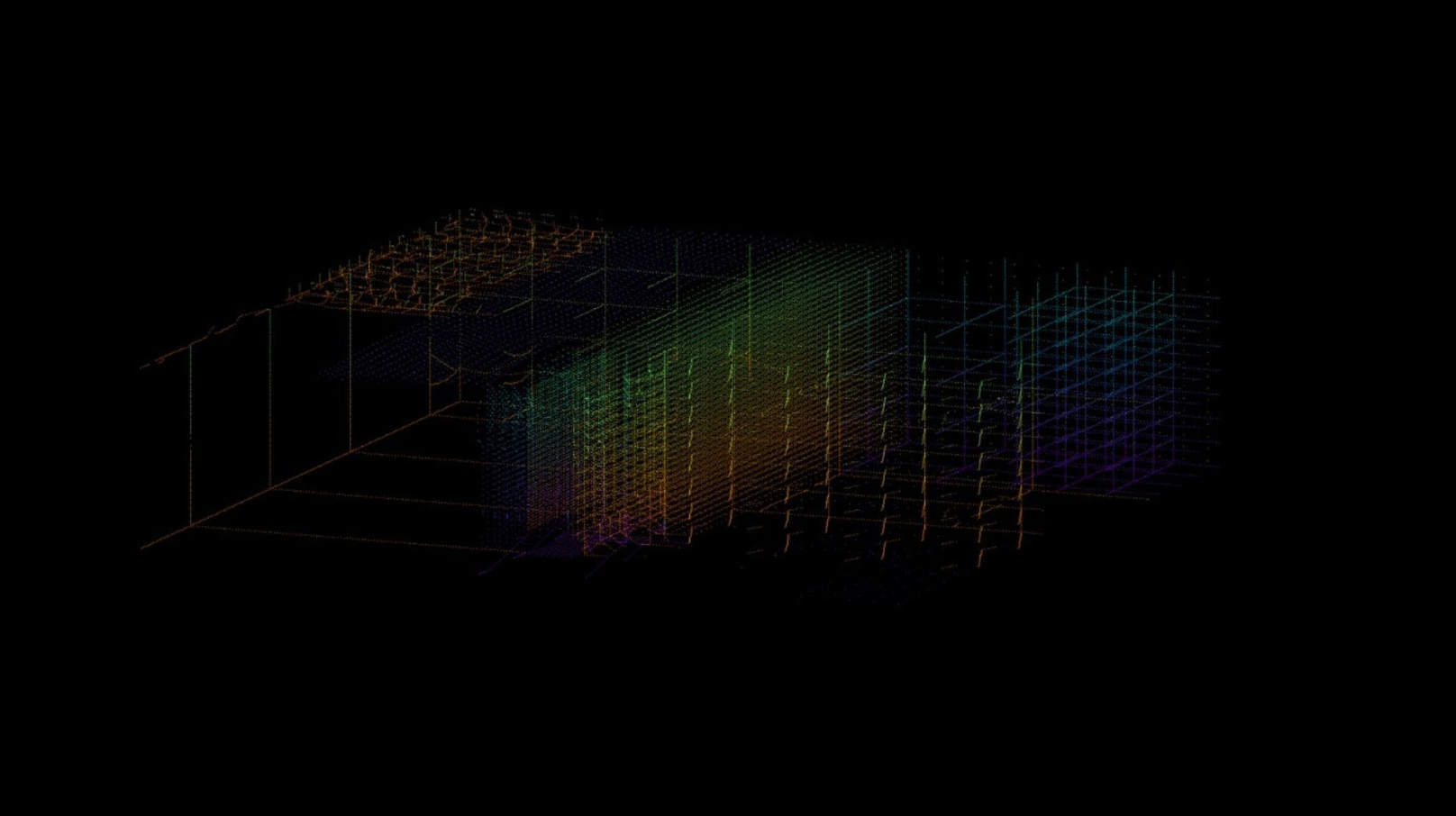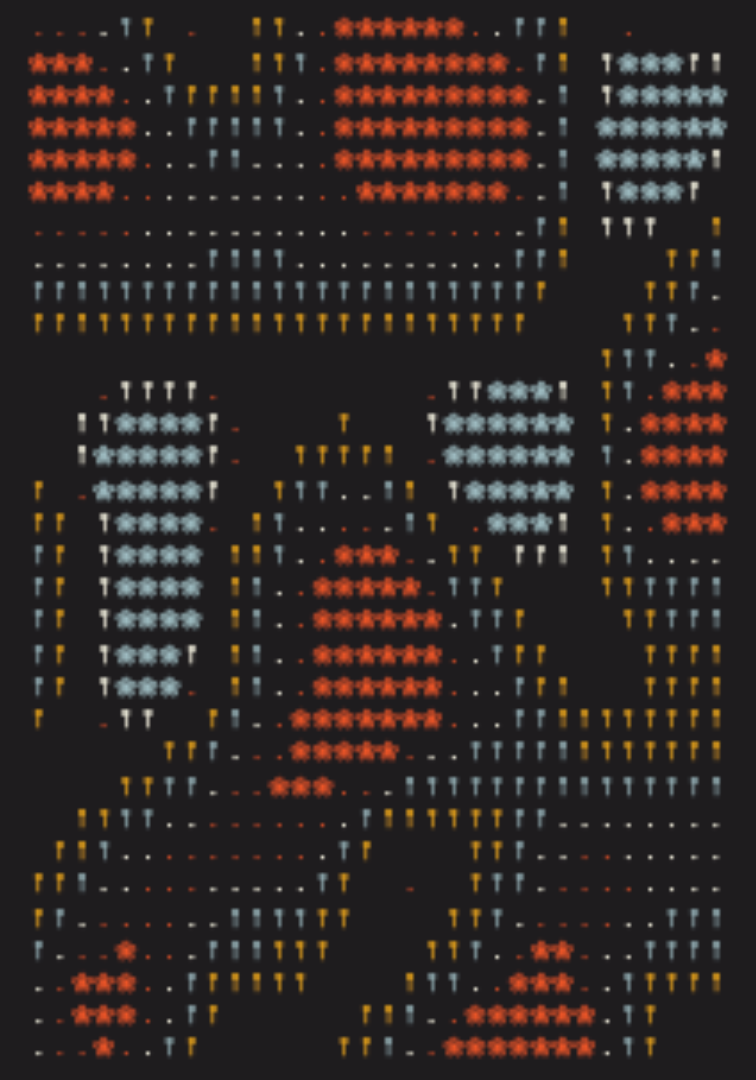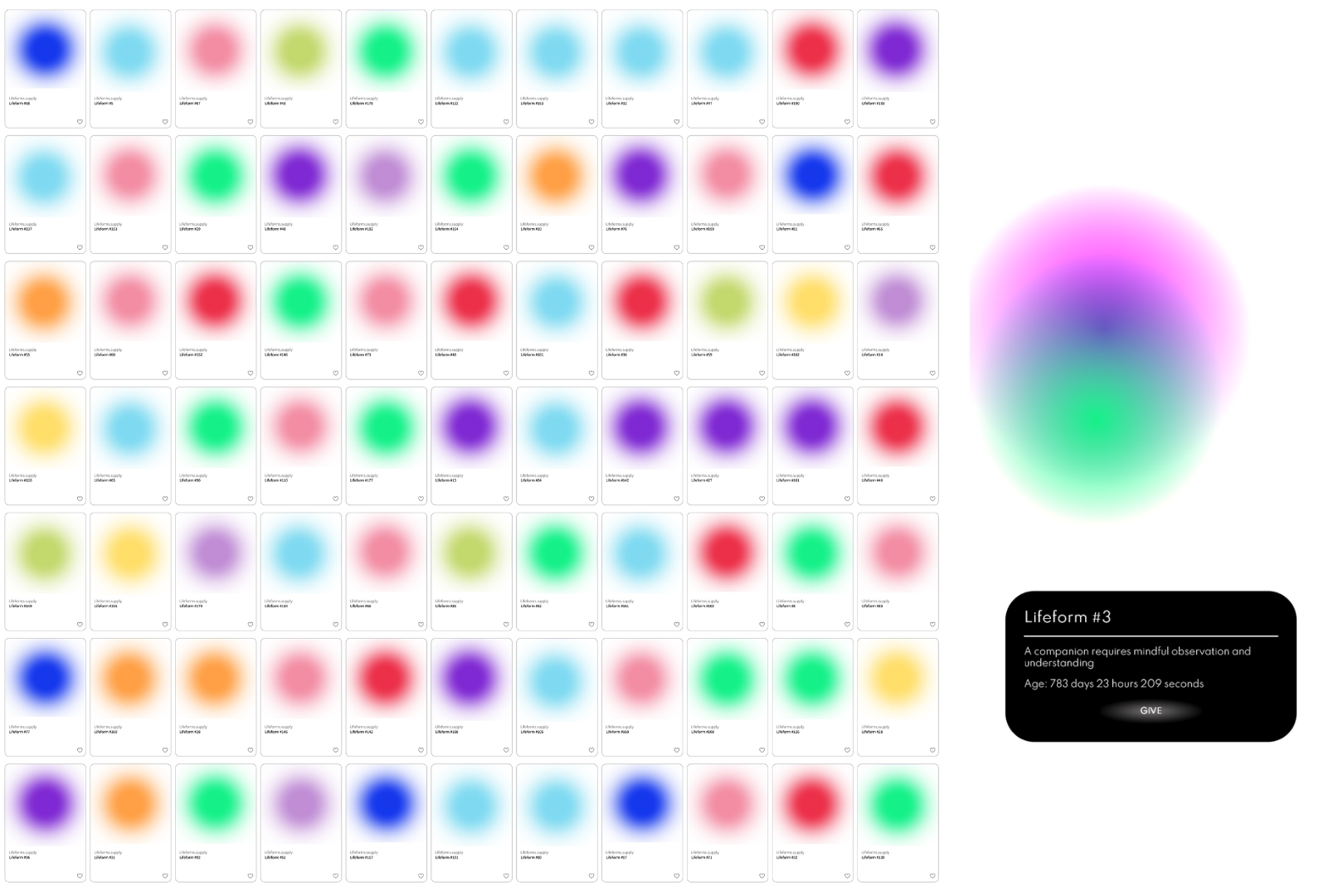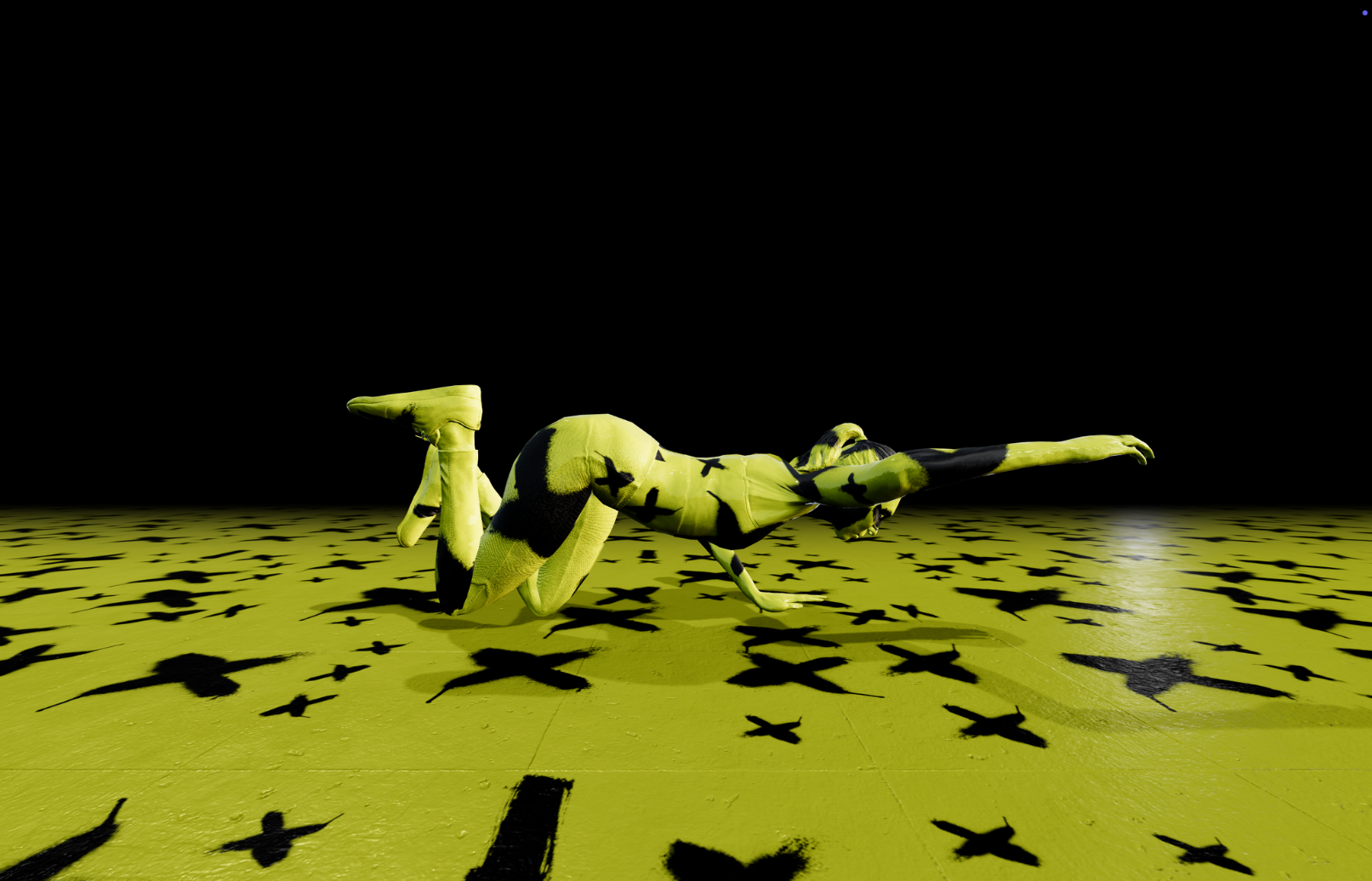
A Digital Art Exhibition
Location: Manarat Al Saadiyat, Abu Dhabi - Auditorium
Dates: 19 - 23 | 11 | 2025 (2 - 9 PM)
Hosted by reimagined
Participating Artists: Kim Asendorf | James Bloom | Loucas Braconnier & 0xmons | Leander Herzog | Matt Kane | Mathcastles | Sarah Friend
The curation is hosted by reimagined, a new initiative dedicated to driving the adoption of technology in the arts. It will feature artworks that innovate technologically and conceptually, engaging critically with digital formats and pushing their creative boundaries.
The exhibition is comprised of two large-scale showcases. One curation, Blockchain Native, unveils artworks that engage with the blockchain critically and conceptually, featuring leading practitioners from around the world. Aligned with the UAE's "Year of Community" in 2025, each collection explores themes of community through blockchain-based art. There will also be a special solo presentation, Half Cheetah by James Bloom, with pieces that leverage and disrupt cutting-edge Artificial Intelligence models.
PXL DEX by Kim Asendorf
PXL DEX consists of 256 works, each an abstract 3D animation called a Deck that can be purchased through a custom website. The animations consist of a matrix of colored pixels in an isometric grid over a black background.
Collectors can determine how many points the animation will contain when they purchase it, by determining how many PXL tokens to include. A low number will yield an expression of the animation algorithm that is barely visible, while approaching the mint maximum of 500,000 pixels will produce an iteration that is dense and fuzzy.
PXL DEX, with its built-in ability to purchase more tokens and increase the density of the animations, is not just a set of moving images. This is a system designed with a level of user interaction that gestures toward a game without fully embracing playability.
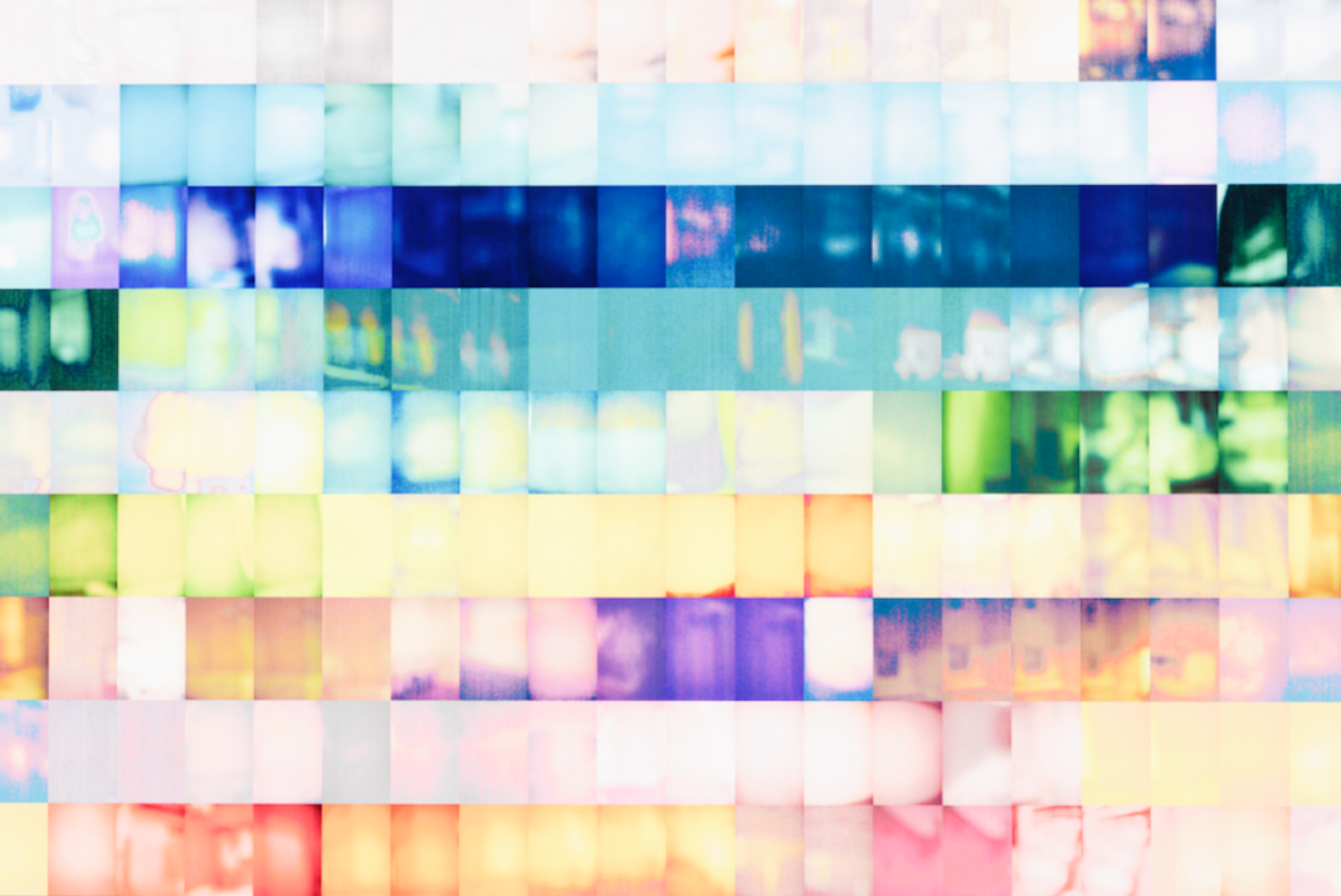
SALT by Loucas Bracconier and 0xmons
Sensors. Proof of photographic space. They exist as much for the viewer as for the tools used to make them. They emanate from the world, but tell nothing about it. They are drawings of the map in the machine. They have neither subject nor depth. They aren't meant to be read but seen up close. They show what the camera sensor sees, what is normally invisible. Digital noise. Salt.
Starting from a base of 180 photographs, the NFTs in SALT will first display a different image and name in this set and cycle to the next daily. In sum, the underlying smart contract sets all 180 NFTs into an endless, asynchronous loop. No owner possesses a specific image, all are collectively shared.
BURNER by James Bloom
BURNER harnesses network processes to create a never-ending stream of changing visual states. The artworks react dynamically to people’s activity on the blockchain. As blockchain usage and ‘gas’ increases, the 256 live artworks become more forceful. The images are sourced from pictures of real physical gas, which are digitally extruded and processed until their opaque form breaks down even further. The imagery is made dependent on its network relations by connecting it to live blockchain data. BURNER pictures a relentless, perpetual network process which escapes our comprehension.
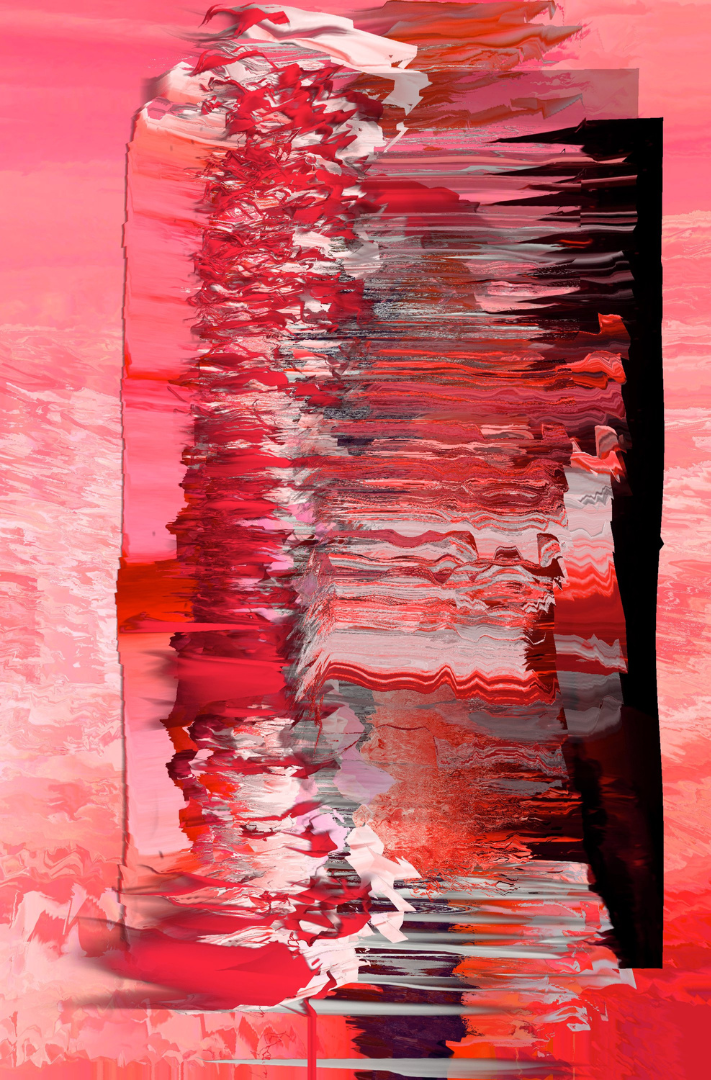
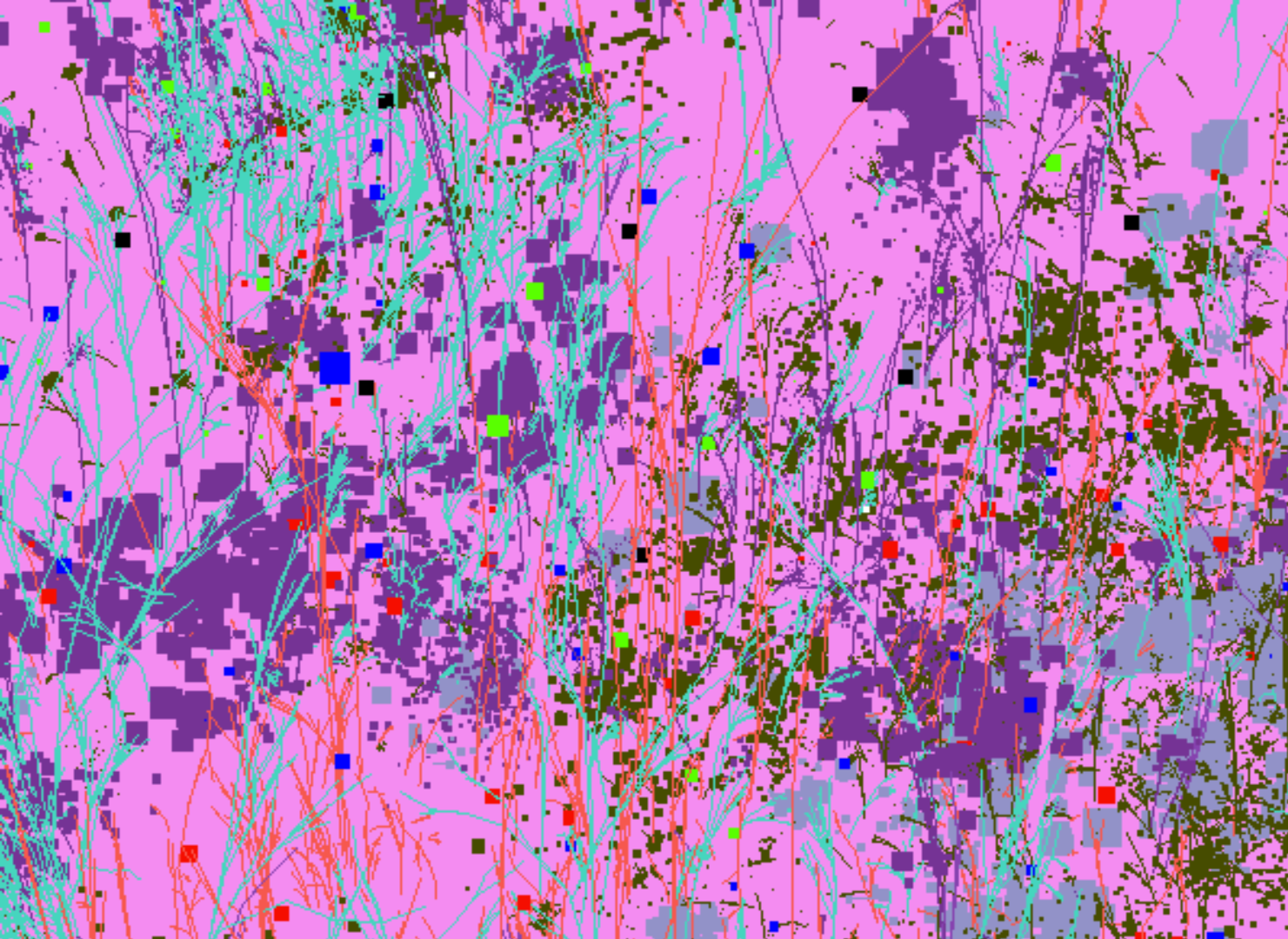
Infinite Garden by Leander Herzog
At the heart of this artwork is a radical proposition: every collector becomes a gardener in Herzog's digital series through assembling gardens that keep evolving in complexity, existing in perpetual flux. Collectors become active participants in the cultivation of living digital flora - works conceived collectively through a blockchain network. They acquire generative flowers that may be assembled, merged, and shared through blockchain protocol. This composability allows for numerous arrangements as individual elements recognise and interact with one another through smart contracts.
Infinite Garden renders in real-time, with a call-and-response with the audience to involve a myth-making digital space: visual parameters continually adjusting to environmental and chronological inputs as compositions evolve through minutes, hours, and seasons. The show invites the audience to root for blockchain not merely as a transactional framework but as an expressive medium with distinct properties for generative art.
Gazers by Matt Kane
Gazers is a generative art series of 1,000 evolving works. It is a tribute to the rhythms of the moon and the cyclical nature of existence. Each piece is an algorithmic performance, an artwork employing code to live and transform, synchronizing its shifts with the lunar cycle as it advances through the night sky.
On the surface, Gazers functions as a lunar calendar, algorithmically synching with moon phases, joining the blockchain with one of humanity’s longest running lineages in art. Each layer of the work consists of pattern designs. With the passage of time, the thickness of the layered lines pulse and the direction a design moves will advance or rotate, changing our perception of color in the most subtle of ways. Each day at midnight, each layer receives a new set of rules. The result is color that rises and sets, echoing the change of light in our sky.22
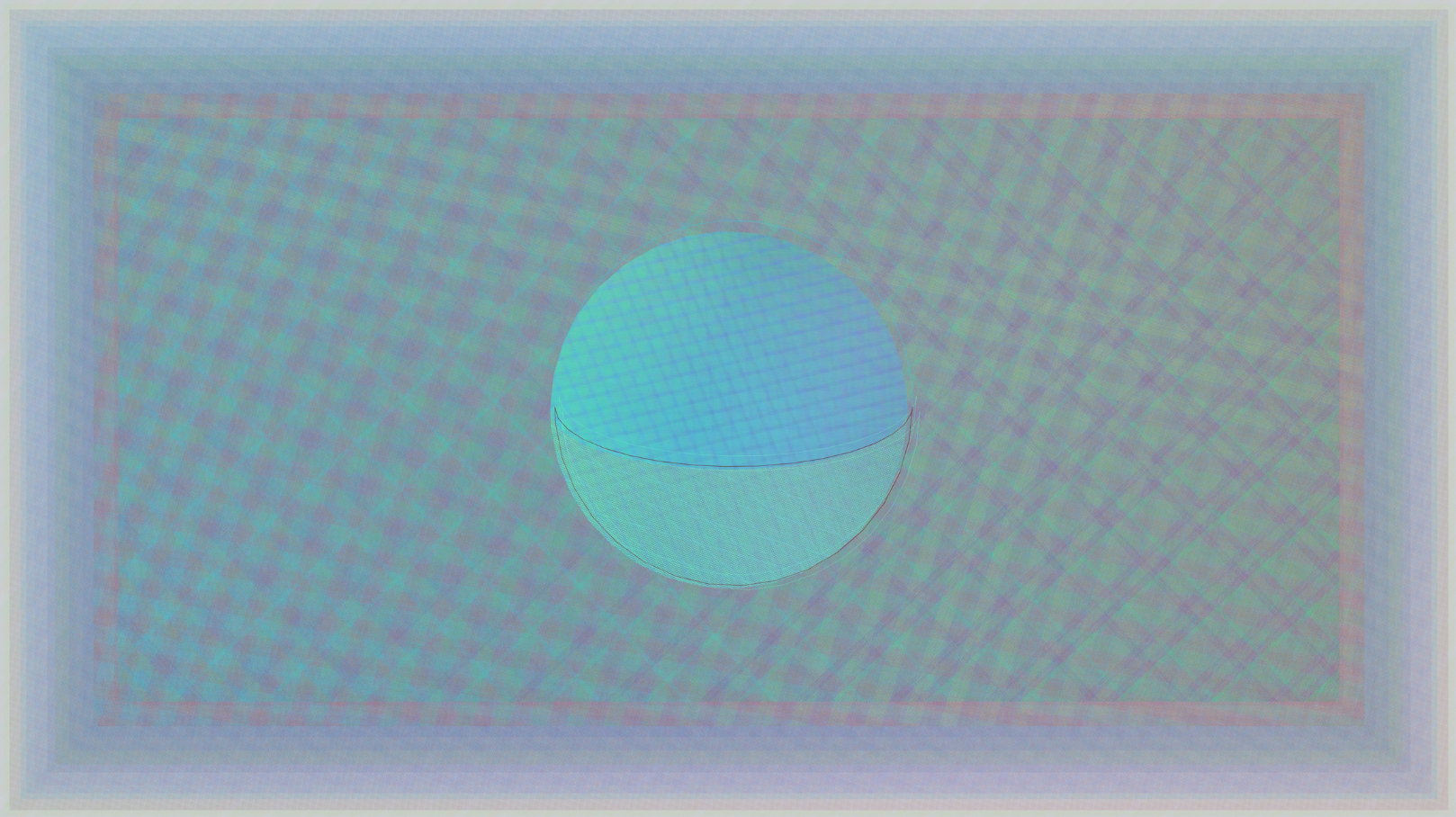
Terraforms by Mathcastles
Terraforms by Mathcastles features unique digital landscapes generated and stored entirely on the Ethereum blockchain. Each piece uses ASCII characters to create three-dimensional terrains within specific coordinates of a virtual space, with appearances determined by parameters like elevation, position, and "moon phases."
Onchain land art from a dynamically generated, onchain 3D world.
Lifeforms by Sarah Friend
Lifeforms are NFT-based entities that need regular care in order to stay alive. How do you care for a lifeform? Within 90 days of receiving it, you must give it away. If you don’t, the lifeform will die and all ability to interact with or view it digitally will disappear.
This mechanism inverts the typical logic of the art market - which is to buy, hold, and hope the work increases in value so that it can be re-sold at an opportune moment. Instead, lifeforms ask the "owner" to become a custodian or caregiver that must consistently maintain or care for the lifeform in collaboration with others.
It is simultaneously an artist edition of NFTs and as a series of relations between the collectors of lifeforms that is intangible, ephemeral, and in a deliberately ambiguous relationship to the market.
HALF CHEETAH by James Bloom
Half Cheetah A Reinforcement Learning AI agent learns to inhabit and move a quadruped body. The performance optimisation process takes several days and includes millions of steps, as the model progresses from incapability to competence. These behaviours are then transferred onto 3D scans of real people, which are ‘re-skinned’ with metal, stone and other materials. Finally, a second RL agent analyses the behavioural performance and re-orders movement in real-time according to abstract aesthetic goals. This results in the breakdown of performance - instead a disjointed and sometimes impossible sequence of body motion appears. A live deconstruction of the goal-seeking impulse, at once relatable and alienating. The real-time dynamic artworks can run in perpetuity.
We use cookies to ensure you get the best experience on our website. By using our site, you agree to our Privacy Policy.

